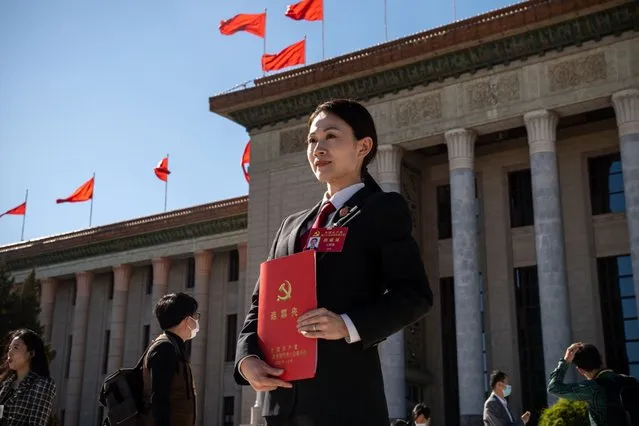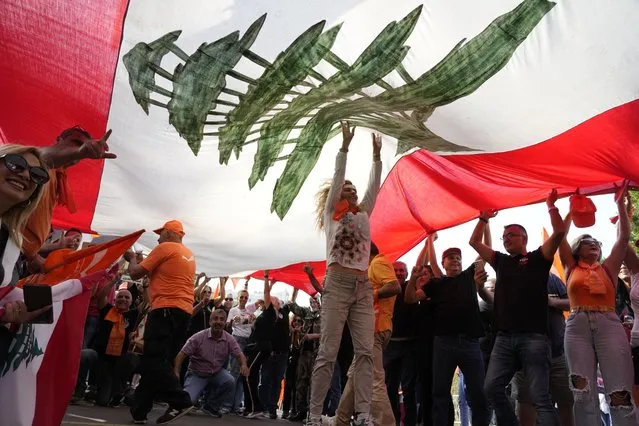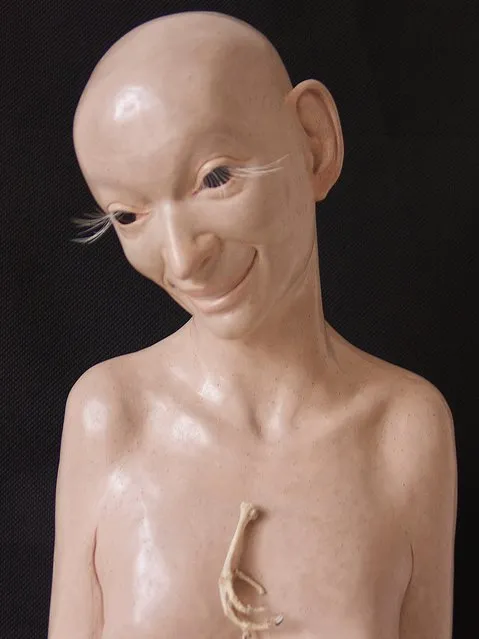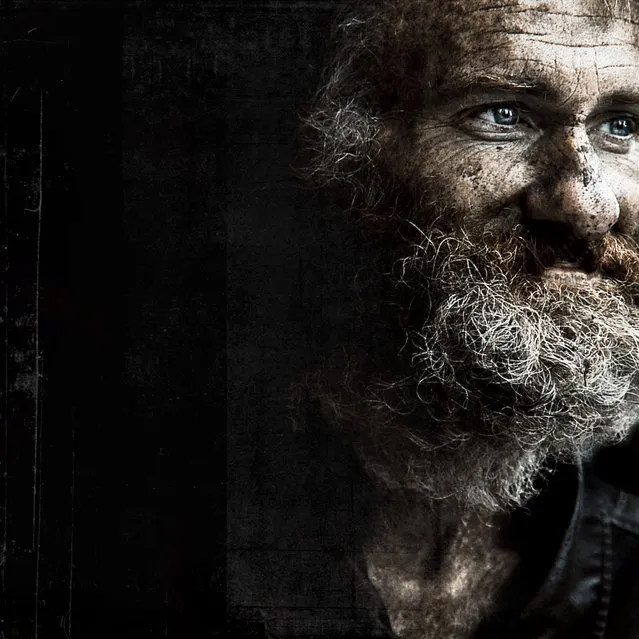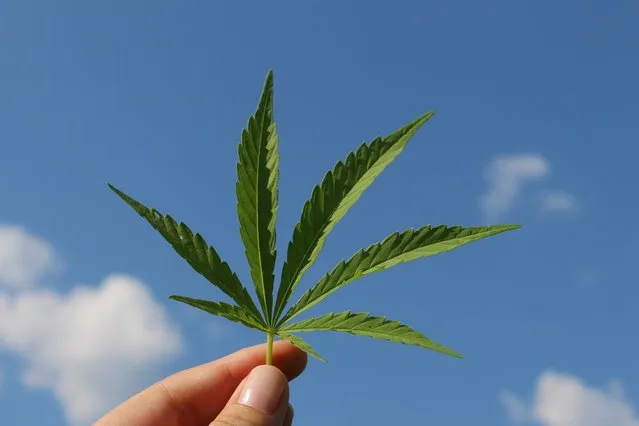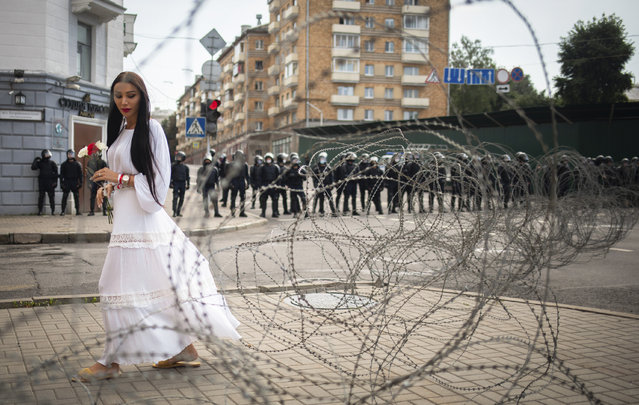
A woman walks past the barbed wire separating Belarusian servicemen and Belarusian opposition supporters during a rally in Minsk, Belarus, Sunday, August 30, 2020. Tens of thousands of demonstrators have gathered in the capital of Belarus, beginning the fourth week of daily protests demanding that the country's authoritarian president resign. The protests began after an Aug. 9 presidential election that protesters say was rigged and officials say gave President Alexander Lukashenko a sixth term in office. (Photo by Tut.By via AP Photo)
01 Sep 2020 00:07:00,post received
0 comments

